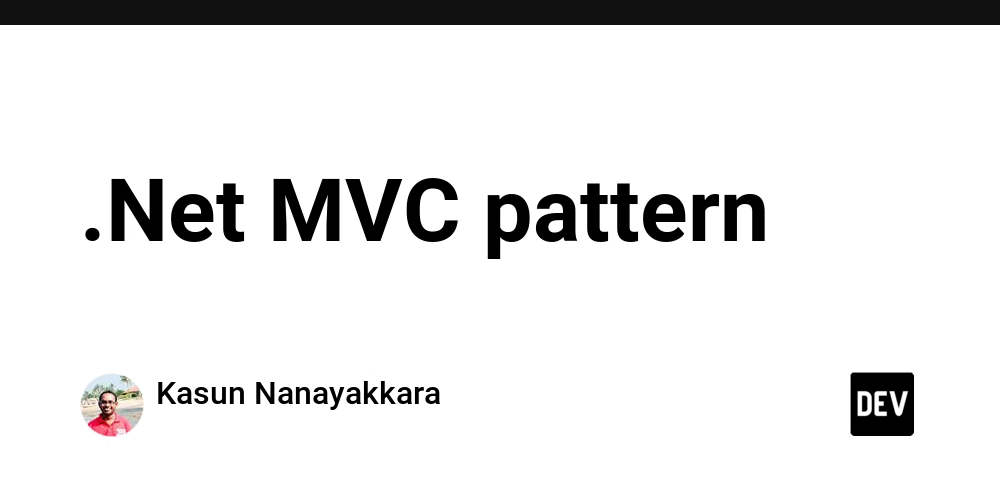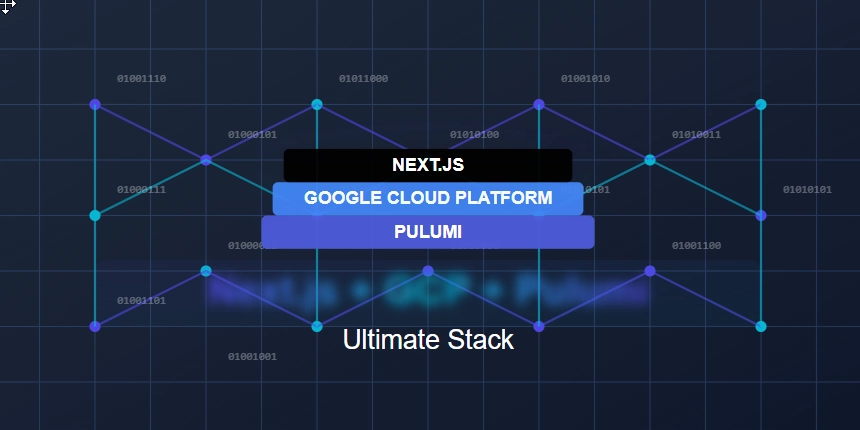.Net MVC Architecture
MVC describe Model-View-Controller architecture. Model describe the data layer. The data layer has data attributes, and getter, setter. the data can define using t behavior. for example, Display name, Range, Required …etc. Data model can describe the functionality that related to data structure, like data retrieve, update, delete functions. Some models manipulate data to another format. View describes the user interface that data represent to the user. There has textbox, dropdown, button, table structure ... etc. Controllers describe API and control method to retrieve the data. That use to communicate using rout methods. There have several methods to rout to the API. Default method is ‘Api/Controller/Action/id’. But user can define what method use for routing. Ex. • /api/contacts • /api/contacts/21 • /api/products/apple Can Api use http verb? Yes, Can use http verb like [HttpGet], [HttpPost], [HttpPut], [HttpDelete]… etc Also user can define action name attribute [ActionName(‘’)]. Then user able to hide the mechanism of the action. Ex.. User can define Api rout as Api/ enroll /enrollment/1 [RoutePrefix("enroll")] public class EnrollmentConroller: APIController( [HttpPost] [ActionName("enrollment")] public void getEnrollment(int id){} Router attribute can be added to manipulate the data directly. [Route("patient /{EnrollmentID}/enrollment")] [HttpGet] public IEnumerable get enrollment (int EnrollmentID) { } [Route("patient / enrollment ")] [HttpPost] public HttpResponseMessage updateEnrollment(Enrollment obj) { } Lifecycle of the MVC User request -> Fetch the routing table -> Execute router -> Controller initiate -> Execute action -> Execute/Map result -> view engine maps the result to UI -> Retrieve data / request

MVC describe Model-View-Controller architecture.
Model describe the data layer. The data layer has data attributes, and getter, setter. the data can define using t behavior. for example, Display name, Range, Required …etc.
Data model can describe the functionality that related to data structure, like data retrieve, update, delete functions. Some models manipulate data to another format.
View describes the user interface that data represent to the user. There has textbox, dropdown, button, table structure ... etc.
Controllers describe API and control method to retrieve the data. That use to communicate using rout methods. There have several methods to rout to the API. Default method is ‘Api/Controller/Action/id’. But user can define what method use for routing. Ex.
• /api/contacts
• /api/contacts/21
• /api/products/apple
Can Api use http verb?
Yes, Can use http verb like [HttpGet], [HttpPost], [HttpPut], [HttpDelete]… etc
Also user can define action name attribute [ActionName(‘’)]. Then user able to hide the mechanism of the action. Ex.. User can define Api rout as Api/ enroll /enrollment/1
[RoutePrefix("enroll")]
public class EnrollmentConroller: APIController(
[HttpPost]
[ActionName("enrollment")]
public void getEnrollment(int id){}
Router attribute can be added to manipulate the data directly.
[Route("patient /{EnrollmentID}/enrollment")]
[HttpGet]
public IEnumerable get enrollment (int EnrollmentID) { }
[Route("patient / enrollment ")]
[HttpPost]
public HttpResponseMessage updateEnrollment(Enrollment obj) { }
Lifecycle of the MVC
User request -> Fetch the routing table -> Execute router -> Controller initiate -> Execute action ->
Execute/Map result -> view engine maps the result to UI -> Retrieve data / request










































































































































































![[The AI Show Episode 142]: ChatGPT’s New Image Generator, Studio Ghibli Craze and Backlash, Gemini 2.5, OpenAI Academy, 4o Updates, Vibe Marketing & xAI Acquires X](https://www.marketingaiinstitute.com/hubfs/ep%20142%20cover.png)



























































































































![[FREE EBOOKS] The Kubernetes Bible, The Ultimate Linux Shell Scripting Guide & Four More Best Selling Titles](https://www.javacodegeeks.com/wp-content/uploads/2012/12/jcg-logo.jpg)



![From drop-out to software architect with Jason Lengstorf [Podcast #167]](https://cdn.hashnode.com/res/hashnode/image/upload/v1743796461357/f3d19cd7-e6f5-4d7c-8bfc-eb974bc8da68.png?#)






































































































.png?#)




.jpg?#)































_Christophe_Coat_Alamy.jpg?#)








































































































![Rapidus in Talks With Apple as It Accelerates Toward 2nm Chip Production [Report]](https://www.iclarified.com/images/news/96937/96937/96937-640.jpg)









































































































































